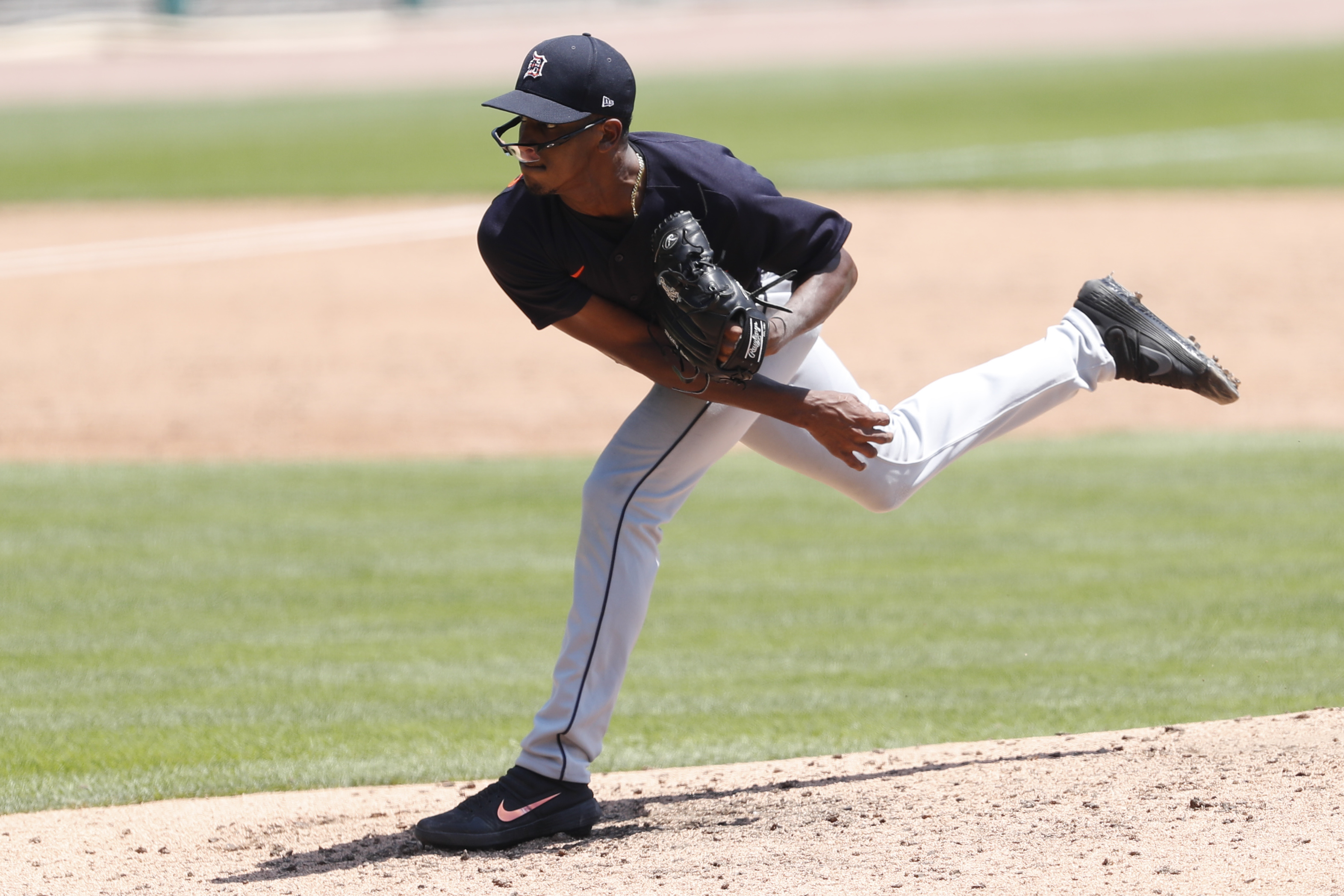Glasses and sports don’t always go hand in hand. You need to consider the risk to your personal safety, and the safety of others. However, for non-contact competitive sports, glasses should be fine. But you will need to consider a couple of key aspects concerning lenses and frames.
Today, we’re going to look at how you can play both indoor and outdoor sports as a glasses wearer, and how different options can help you to keep your eye on the game.
Lighting is everything

Just like in real life where light is the difference between being able to see clearly and bumping into things, lighting levels are everything in sport. You need transition lenses (see EyeBuyDirect for details). Transition lenses tick more than one box, and they’re the stuff of dreams when it comes to both indoor and outdoor sports.
The reactive lenses are capable of adjusting to minimal light levels. Whenever the sun goes behind the clouds or whenever you find yourself in a darkened corner of a sports hall away from any sunlight, the lenses will let in more light, giving you a clearer view.
Conversely, where the lighting level is too high, the lenses will adapt to block out light. This is an important feature of eyewear for both indoor and outdoor sports. Not only does the sun have a habit of shining in our eyes when we take part in outdoor activities, but looking up inside sports halls often means being dazzled by the sun through high windows.
Remove all issues with light and choose to take part in sports while wearing transition lenses (we’ll go into frame choices in the next section).
They will also double up as handy, adaptable lenses when driving to and from your chosen activities. No longer will you necessarily need a separate pair of sunglasses for the car journey!
Ditch the fashion statement frames

When the optician tells you that your eye test results highlight that you are short-sighted or long-sighted and that you will need glasses, the first thing your mind turns to is what you’re going to look like in different frames.
Thankfully, there are many styles available. Most people actually enjoy trying on the different options as they get to grips with their new look. From cat-eye frames that show off your personality to round frames, square frames, and brow frames, finding the right pair to match your face shape is all part of the fun.
But when it comes to activities and non-contact sports (and other activities suitable for glasses wearers), you need lightweight frames. The reason is that heavy frames tend to fly off in all directions whenever you start to run or jump or bend or twist. Even something as innocuous as picking up your golf ball could result in a splash landing in the mud for your glasses.
But well-fitted lightweight frames tend to stick close to your face. They lack the mass to pick up momentum and fall from your head. Be sure to keep your frame choice to a minimum density whenever choosing glasses for sports.
Add The Sports Daily to your Google News Feed!
